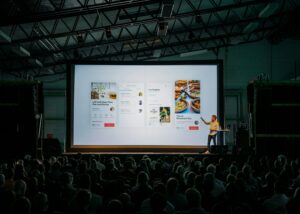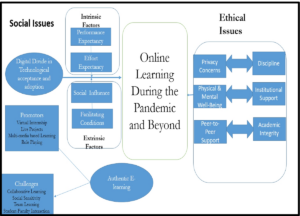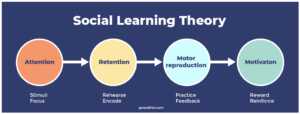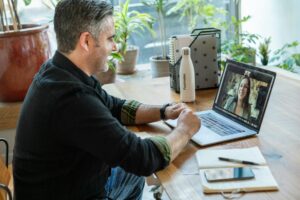What is open pedagogy?
Open Pedagogy is an educational method that values:
- cooperation
- student empowerment
- and the creation of shared knowledge
This technique varies from normal teaching approaches in that it promotes active participation and collaborative creation of material rather than old school curriculum and one-way transfer of knowledge.
Open Pedagogy allows both students and educators alike to create and share knowledge through jointly designed course materials, student-generated research projects, and open-access learning tools.
OER’s Role and Impact:
Open educational resources, also known as OER, can transform the educational landscape by lowering cost barriers, expanding access to great resources, and enabling customisable content that caters to a range of student requirements, having the potential to completely change the way schools operate.
The availability of flexible resources that accommodate many learning styles is a benefit of utilizing open educational resources (OER) in my own education. OER is more adaptable to my needs than standard textbooks, which makes my learning more interesting.
Check out the podcast video (subtitles available); it has great insights on how OER improves accessability.
By eliminating barriers related to geography and income, OER, in my opinion, helps to make education more accessible and equal. The same excellent tools are available to students from all backgrounds, bridging the educational divide, and making the “playing field” equal.
Global Trends in OER:
I believe that the growing institutional and governmental support for open education policy is the most significant global trend in OER. Many institutions are funding open-access programs to encourage lifelong learning.
There are challenges for many nations and institutions implementing OER. Even while OER increases accessibility and reduces expenses, issues like digital gaps and resource quality problems still exist. These challenges are being addressed, nonetheless, by technological developments and support for the implementation of OER.

Photo by Teemu Paananen on Unsplash
Understanding Creative Commons Licensing:
OER relies heavily on Creative Commons license because it permits educators and students to use, modify, and share materials in a way that respects intellectual property rights.
It is easier for me to use, modify, and distribute educational materials ethically when I am aware of these licenses. I can modify and change content while maintaining correct credit if I understand the various access levels.
Incorporating CC-licensed graphics and instructional resources into presentations while correctly citing the original artists is one way I use Creative Commons licensing at school. Like the picture you see to the right and below!
Attributes of Open Pedagogy:

Photo by Thought Catalog on Unsplash
Open pedagogy’s key attributes include collaboration transparency and student-centred learning. This attribute can be implemented in my educational practice by:
- Supporting group projects
- Keeping lines of communication open
- and motivating students to participate actively in their education
By encouraging a diversity of ideas and encouraging students to produce and share knowledge, they help to create a more inclusive and interactive learning environment. Students who actively participate in the learning process are more engaged and develop a sense of having control over the process. A win win!







